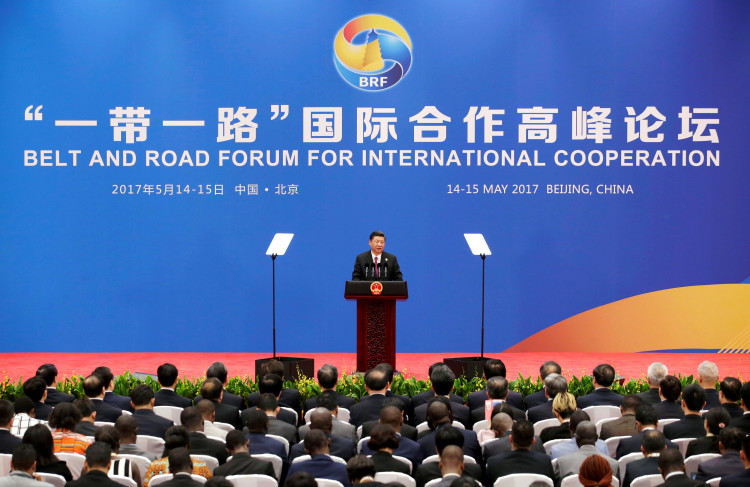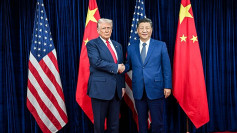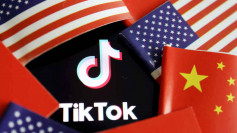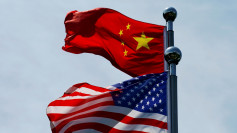China's Belt and Road Initiative helps other nations in expanding their domestic infrastructures and the development of their green power facilities contrary to the dismissal of the United States to the renewable source of energy. China's initiative is aimed at strengthening economic and trade ties of Asia, Europe, Arica, and Latin America through financing and construction of infrastructure projects.
China is currently investing in renewable projects. It is timely to President Donald Trump's dismissal of climate change policies. China's long-term plan for renewable energy had $6 trillion international funding for low-carbon technologies over the next two decades. The country plans to meet the global increase in demand of 30 percent by 2040.
International Energy Agency reported that China accounts for one-third of the world's new wind power and solar PV and more than 40% of global investment in electric vehicles. The country plans to lead other nations for solar panels and hydro-electric resources. According to the Brookings Institution, what seems clear is that clean energy is a 21st-century industry that China is well positioned to dominate.
The agency also said that where the Trump administration sees renewable energy as a threat to jobs, China is leveraging clean energy as part of a long-term strategic gambit.
China plans to connect Asia, Africa, the Middle East, and Europe by creating an expansive network of railways, pipelines, and highways. Others see the initiative as an aggressive move as China increases its influence around the globe by lending funds to the needy.
Other also see it as China's way of expanding its market to sell its own goods and services in the same manner as any capitalistic economy would.
According to Robin Xing, Morgan Stanley's Chief China Economist, they're seeing improved economics in Belt and Road countries, alongside supportive government policies in China.
He added that these factors reinforce our view that China's investment in Belt and Road countries will increase by 14% annually over the next two years, and the total investment amount could double to $1.2-1.3 trillion by 2027.
According to him, "belts" refers to the railroad that will connect China with Europe, Russia, the Middle East, and Central and Southeast Asia while "roads" refer to maritime routes and multiple ports that will be expanded or built along the South China Sea, Indian Ocean and South Pacific.
According to reports, nations who participated in the initiative accounts for 30 percent of global gross domestic product and it is 44 percent of the world's population.






